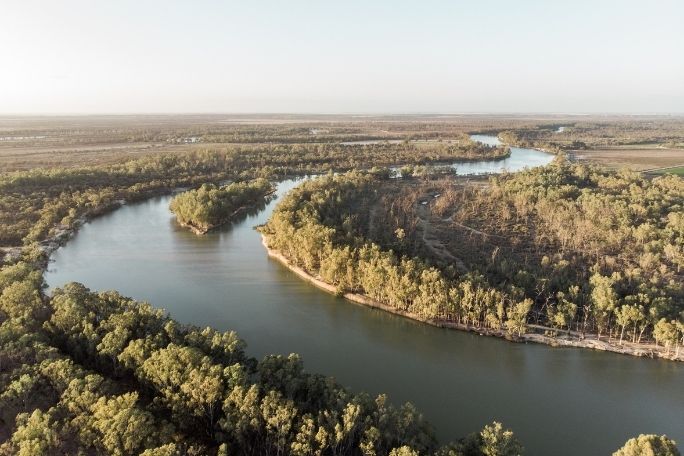Lesson summary
Students investigate what happens when people’s activities result in water pollution. Pollution on land is simulated with the addition of easily obtained materials in a clear bowl of water. Students make links with retaining healthy waterways with preventing polluting substances from reaching them.
NOTE: This activity requires a considerable amount of preparation (see Preparation Instructions at the end of the Teacher Worksheet).
Learning intentions:
Students will...
- understand many substances can pollute rivers and other waterways.
- understand that the things that we as individuals do can contribute to pollution if we dispose of things inappropriately.
Success criteria:
Students Can...
- participate in a science demonstration
- follow instructions
- communicate their ideas with the class
- work collaboratively.
Lesson guides and printables
Curriculum links
Select your curriculum from the options below.
Lesson details
Curriculum mapping
Australian Curriculum content descriptions:
Year 3 English:
- Use comprehension strategies to build literal and inferred meaning and begin to evaluate texts by drawing on a growing knowledge of context, text structures and language features (ACELY1680)
- Listen to and contribute to conversations and discussions to share information and ideas and negotiate in collaborative situations (ACELY1676)
Year 3 Science:
- Science knowledge helps people to understand the effect of their actions (ACSHE051)
Year 4 English:
- Use comprehension strategies to build literal and inferred meaning to expand content knowledge, integrating and linking ideas and analysing and evaluating texts (ACELY1692)
- Interpret ideas and information in spoken texts and listen for key points in order to carry out tasks and use information to share and extend ideas and information (ACELY1687)
Year 4 Science:
- Science knowledge helps people to understand the effect of their actions (ACSHE062)
Syllabus outcomes: ST2-11LW, EN2-1A, EN2-4A, EN2-6B.
General capabilities: Critical and creative thinking.
Cross-curriculum priority: Sustainability OI.9.
Resources required
- This activity requires considerable preparation – please see the Preparation Instructions at the end of the Teacher Worksheet
- You will also need a printed copy of the Student Worksheet to read to the students.
Skills
This lesson is designed to build students’ competencies in the following skills:
- Communication
- Critical thinking
Additional Info
This is an original Cool.org lesson. Facts and figures in these lessons may have changed since this lesson was published. We always endeavour to update our resources in a timely manner, but if you see an error or issue in our resources please get in touch with us.


Welcome back!
Don't have an account yet?
Log in with:
Create your free Cool.org account.
Many of our resources are free, with an option to upgrade to Cool+ for premium content.
Already have an account?
Sign up with:
By signing up you accept Cool.org's Terms and Conditions(Opens in new tab) and Privacy Policy(Opens in new tab).